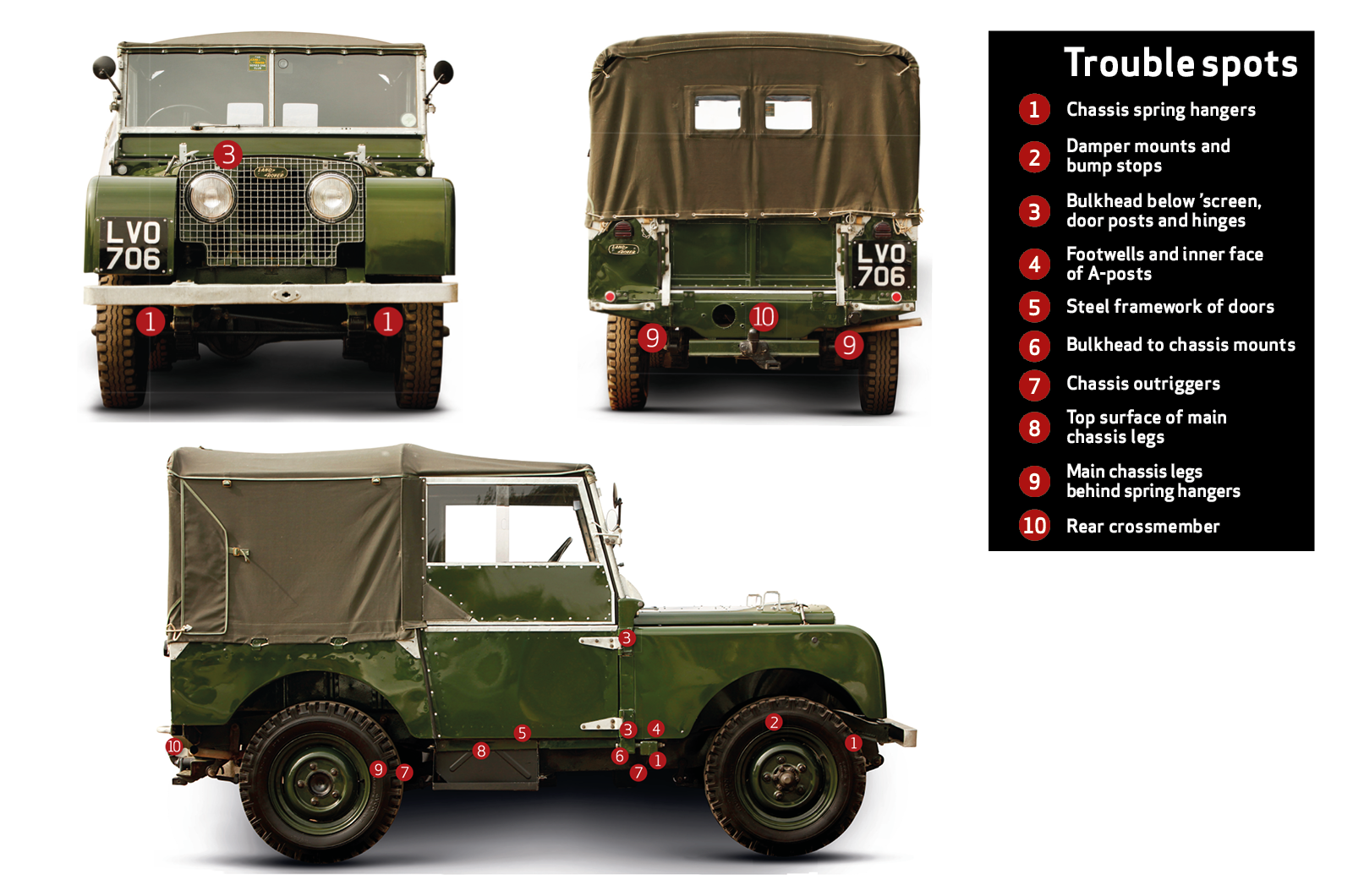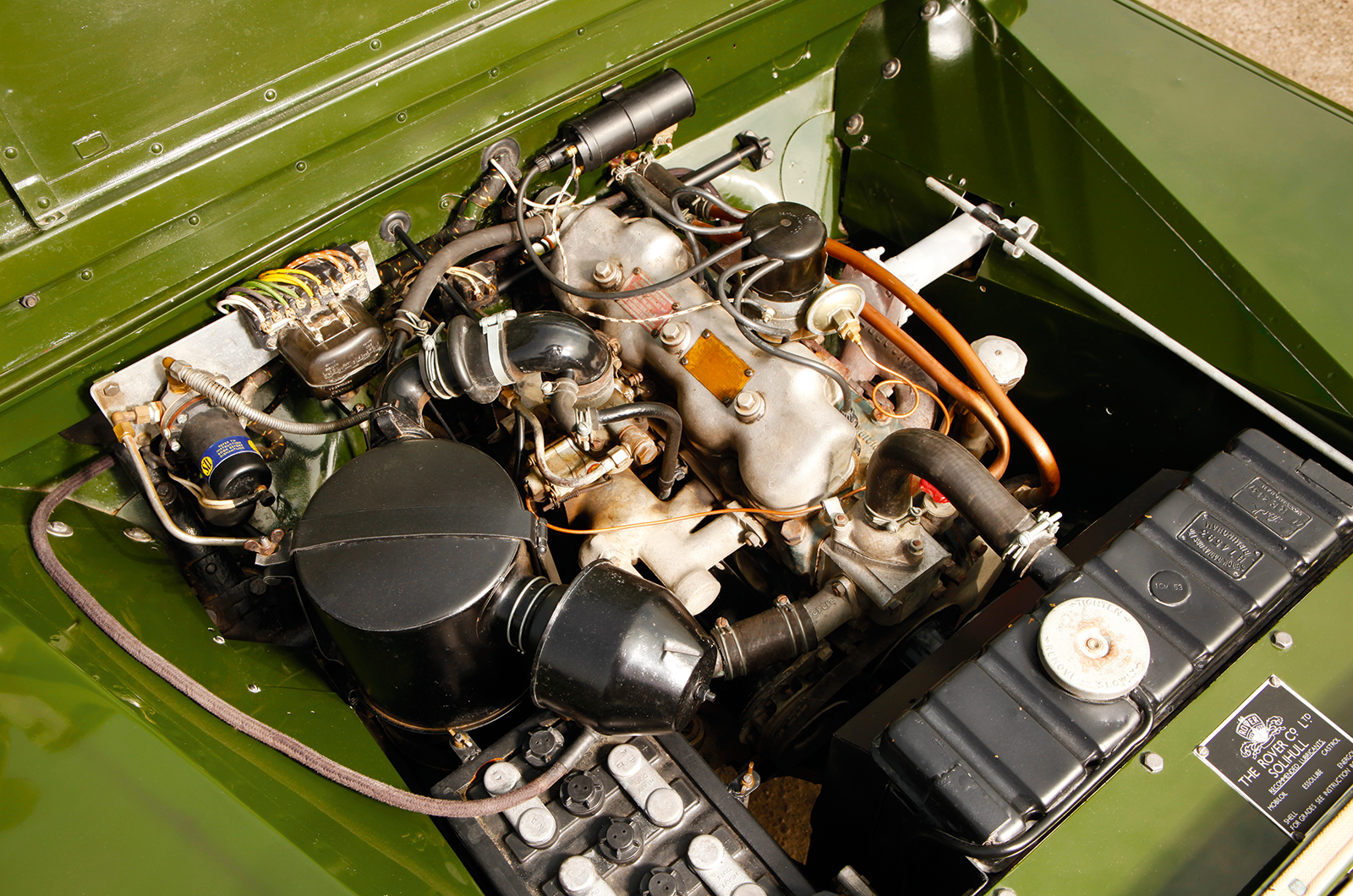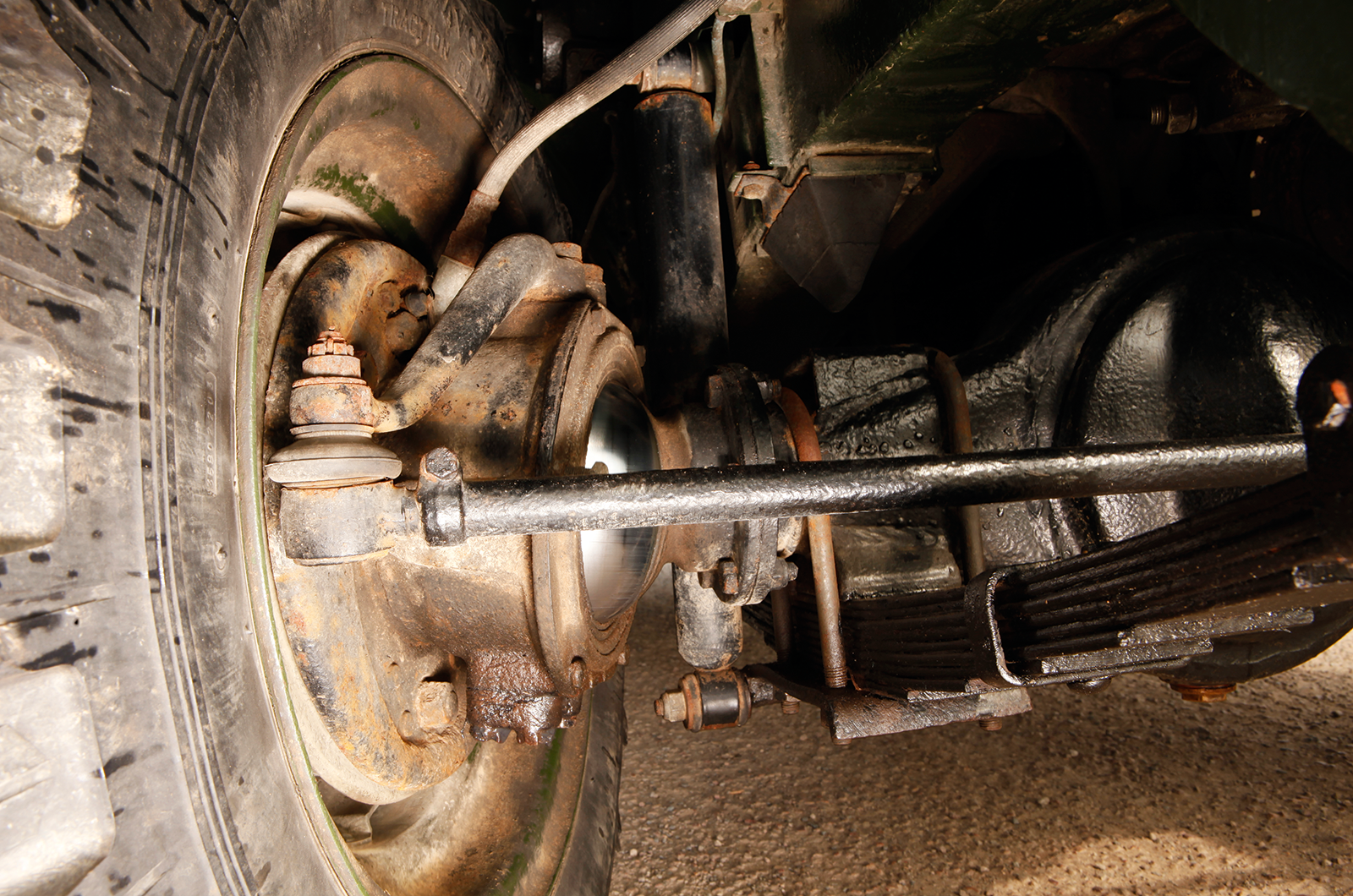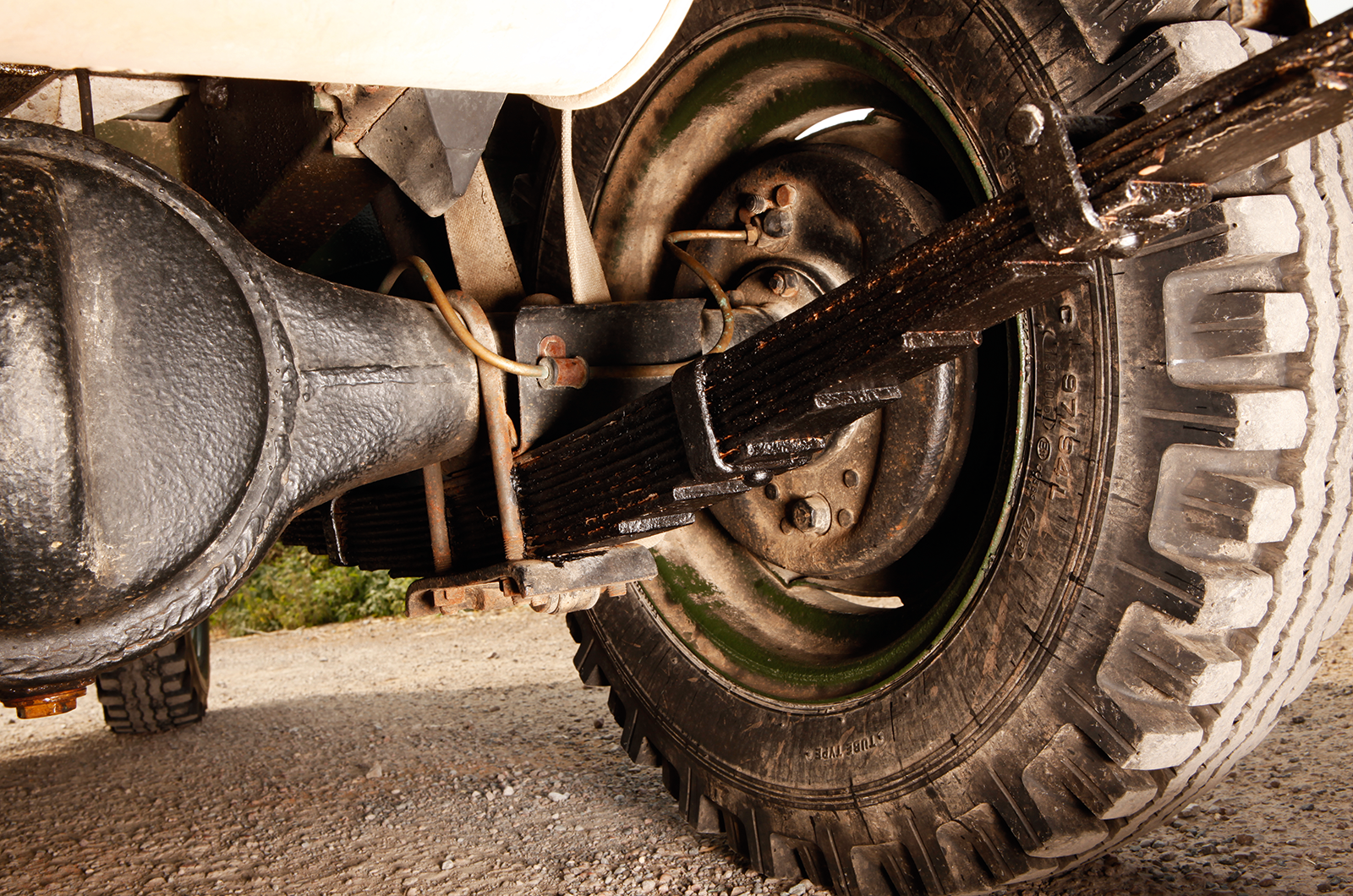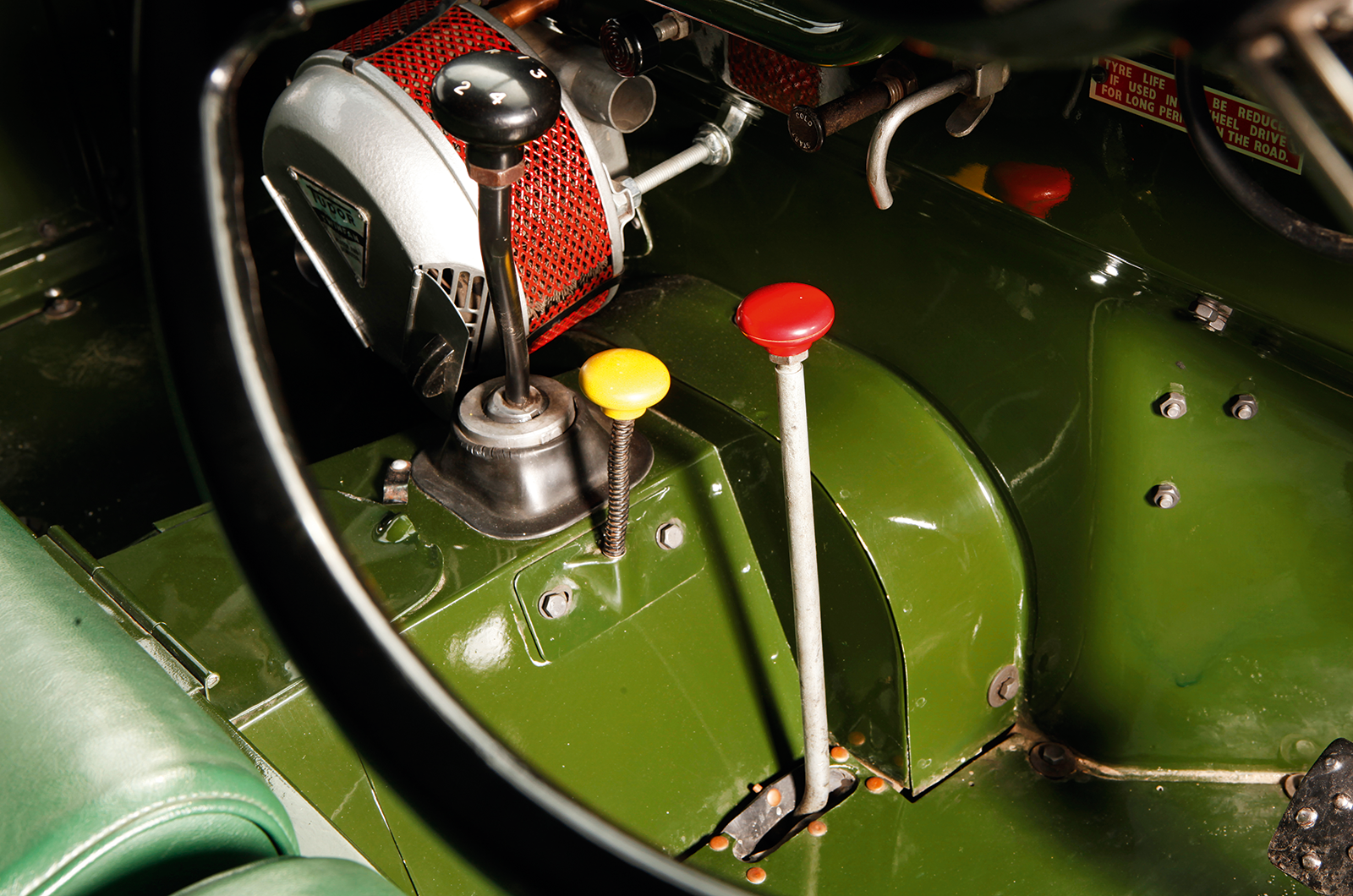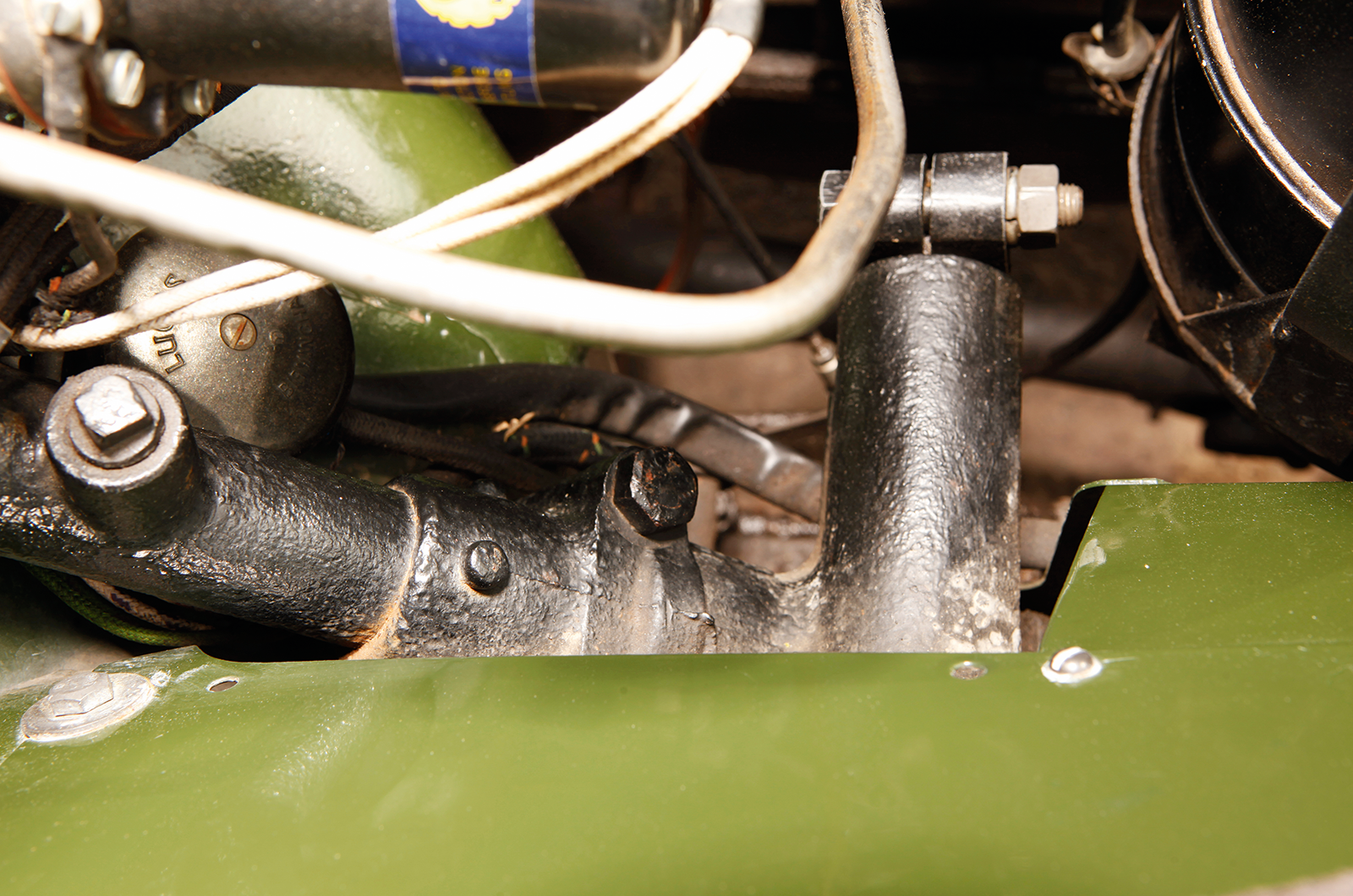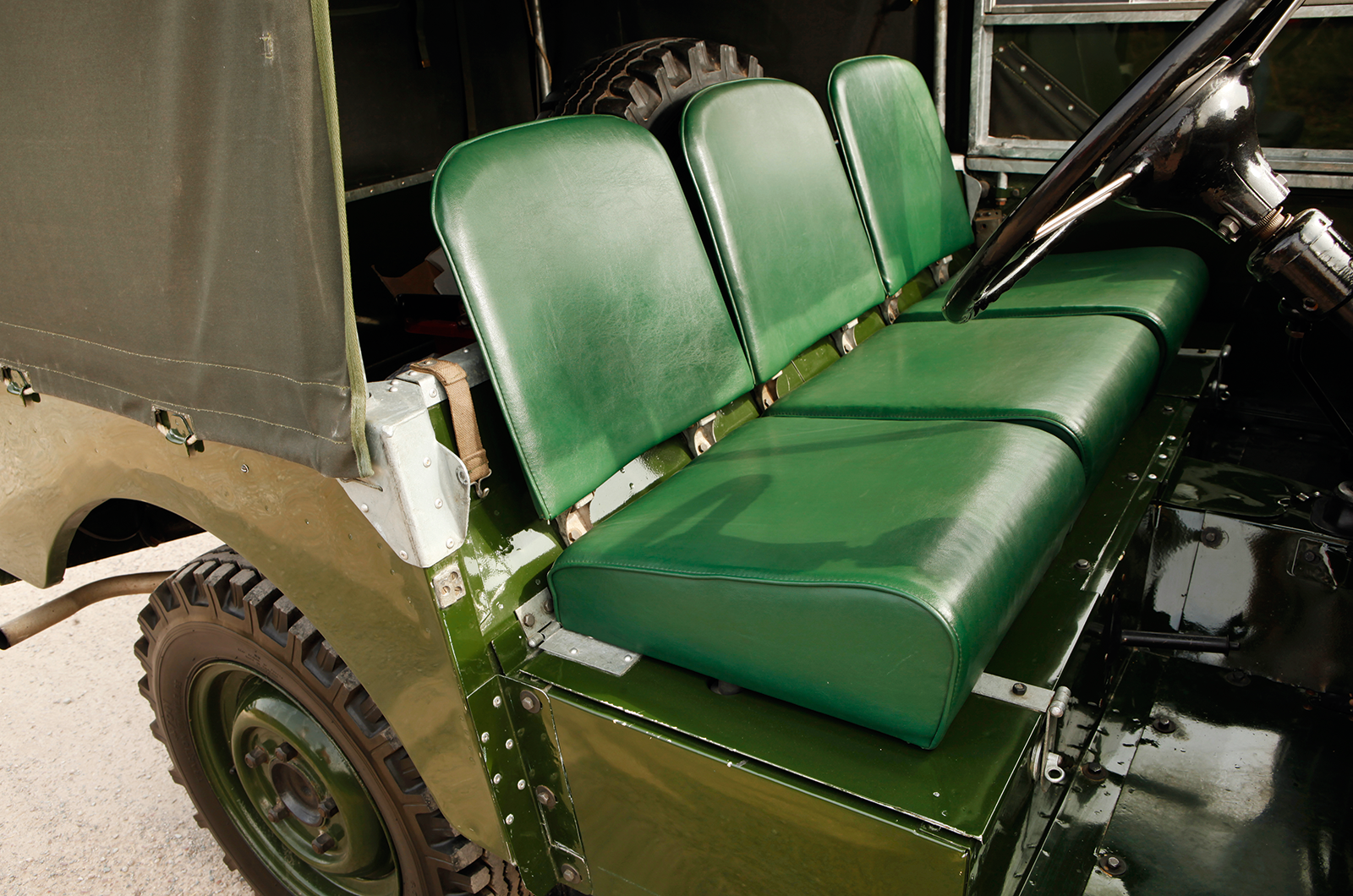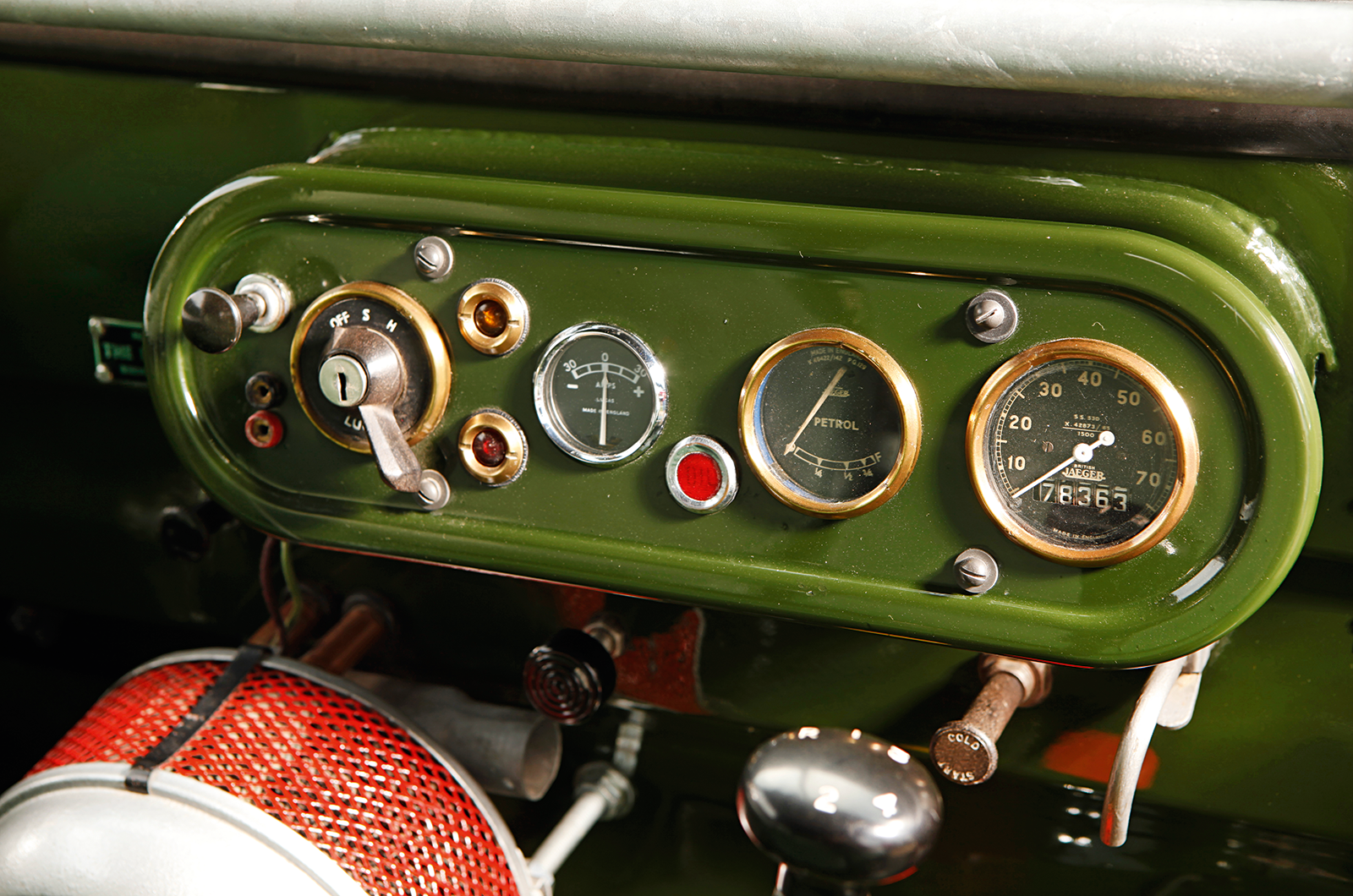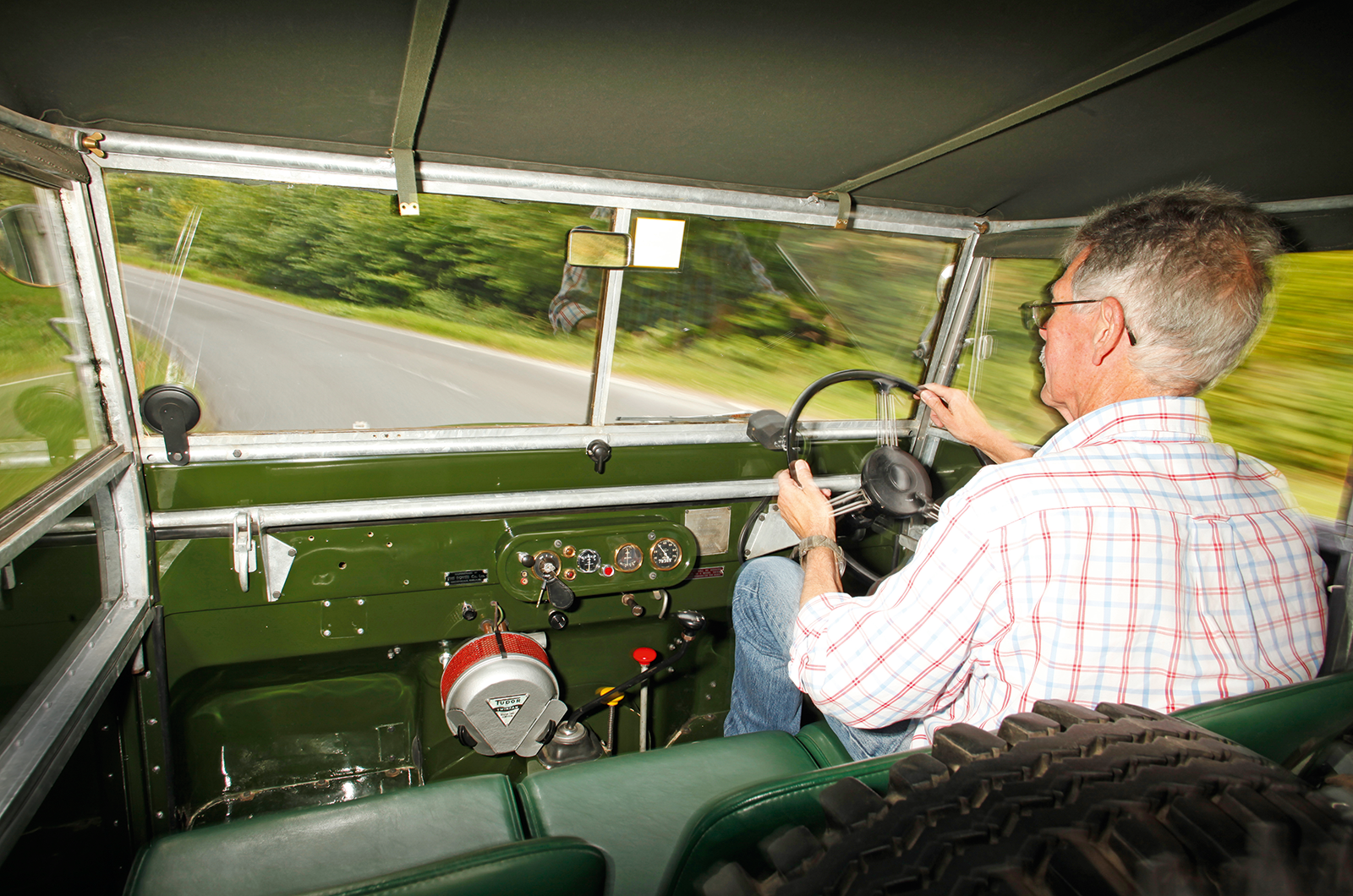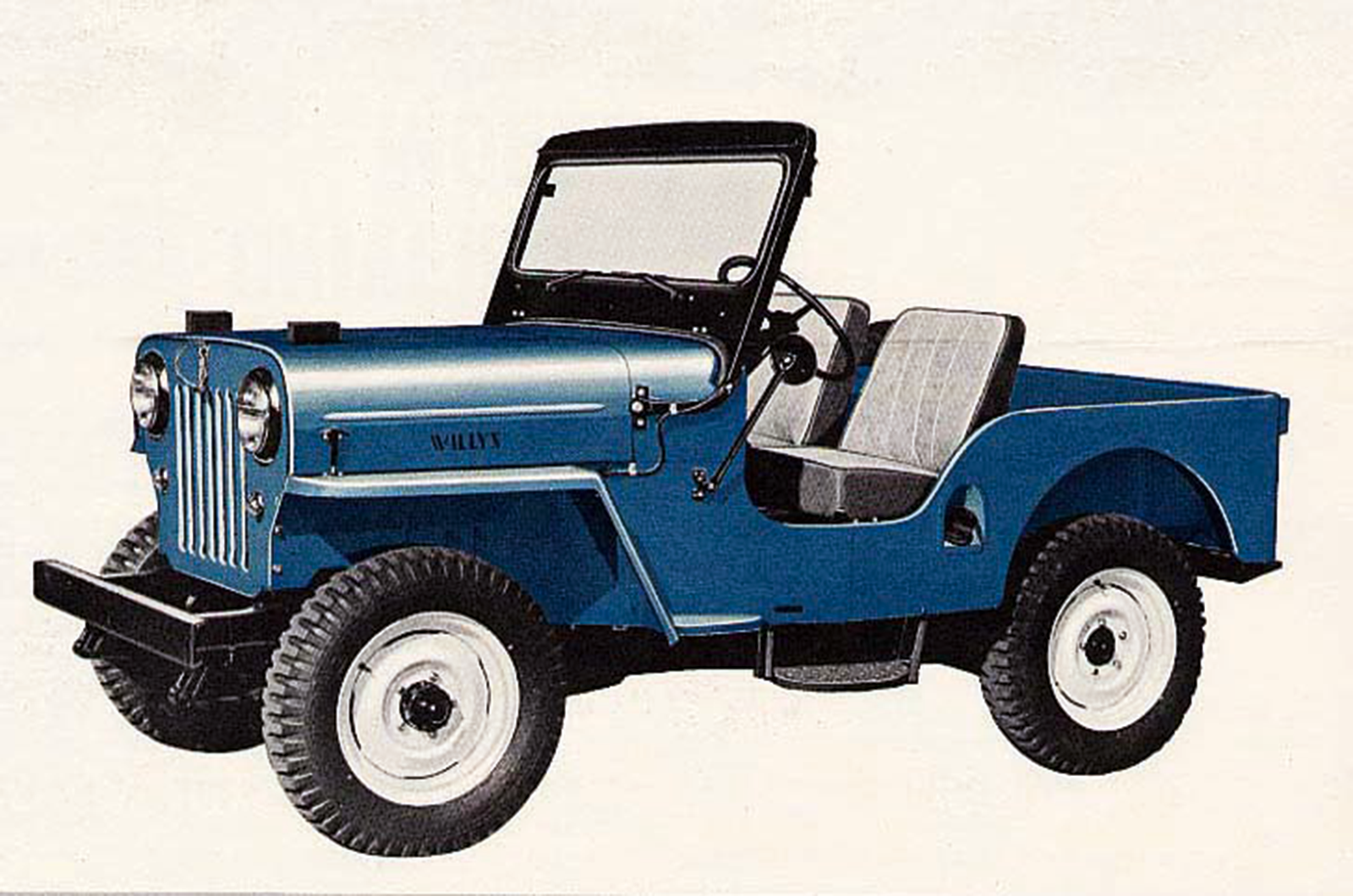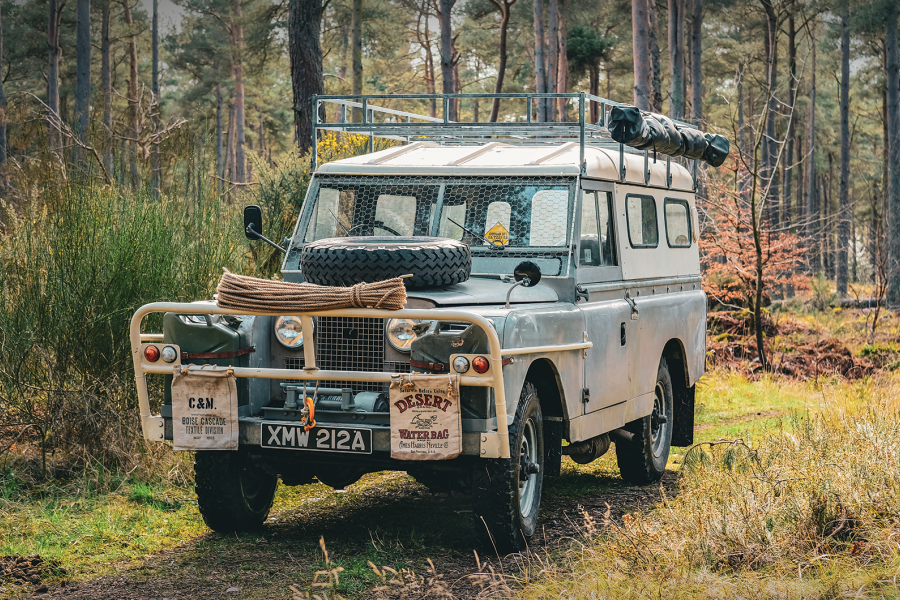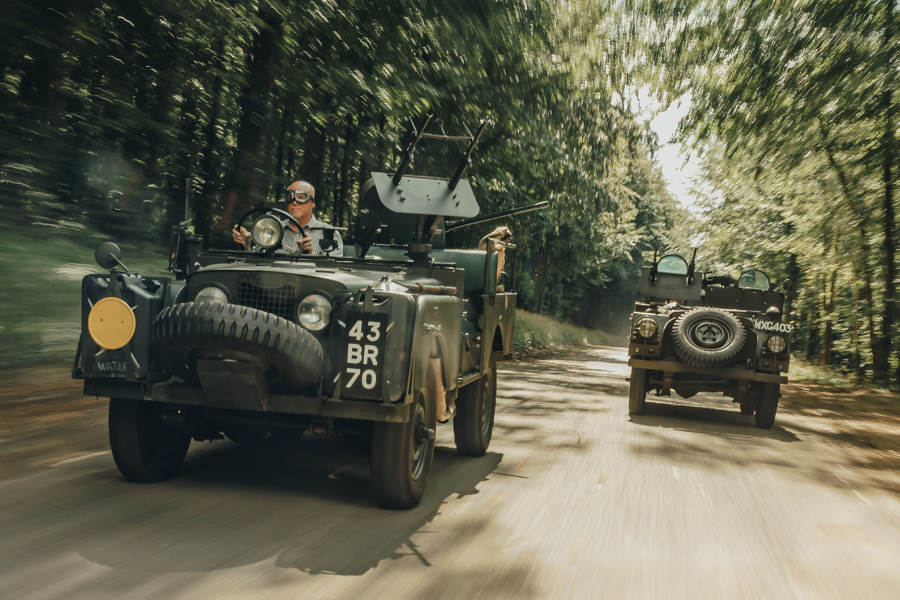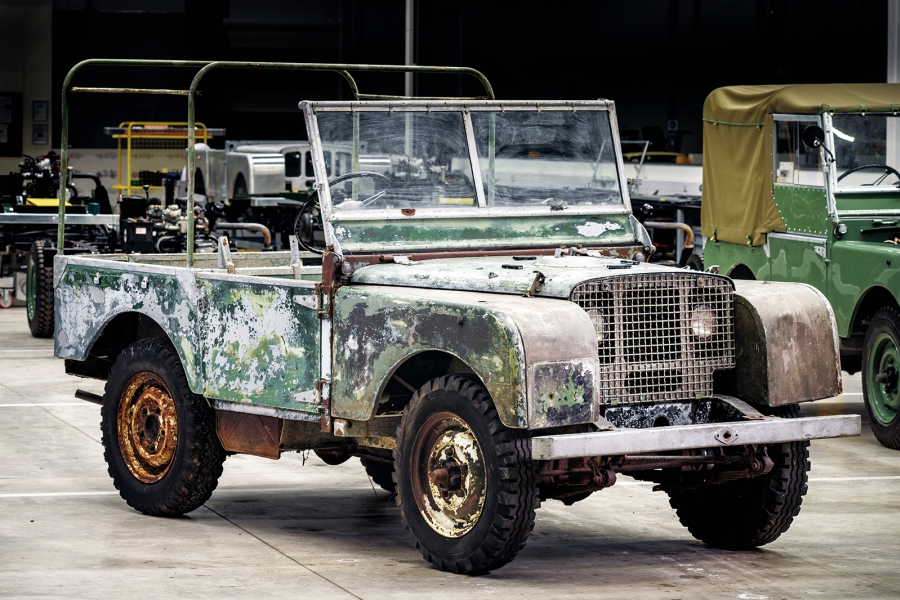
Why you’d want a Land-Rover Series I
Necessity is the mother of invention and, when war came to an end, small farmers such as Maurice Wilks needed a new light multi-purpose vehicle. It would have to drag a trailer-load of hay cross-country, power a small sawmill, plough a field, take a few sheep to market and milk churns to meet the lorry, or ferry the family to church.
The war had made mechanisation normal and near-essential, and war-surplus Jeeps or cut-down pre-war Austin Sevens and Ford Eights were only a stop-gap. What made Wilks different was that, as well as running a farm, he was chief designer at Rover – where his brother Spencer was MD.
Maurice used a Jeep on his farm, but it was worn out and there was no alternative: the brothers suddenly saw a gap in the market. A Rover for the land must be a Land-Rover, and in no time a prototype devised by Gordon Bashford was under test.
To make the vehicle more useful than a Jeep, it would have power take-offs to drive machinery and effective weather equipment. A year after having the idea, the first cars were unveiled.
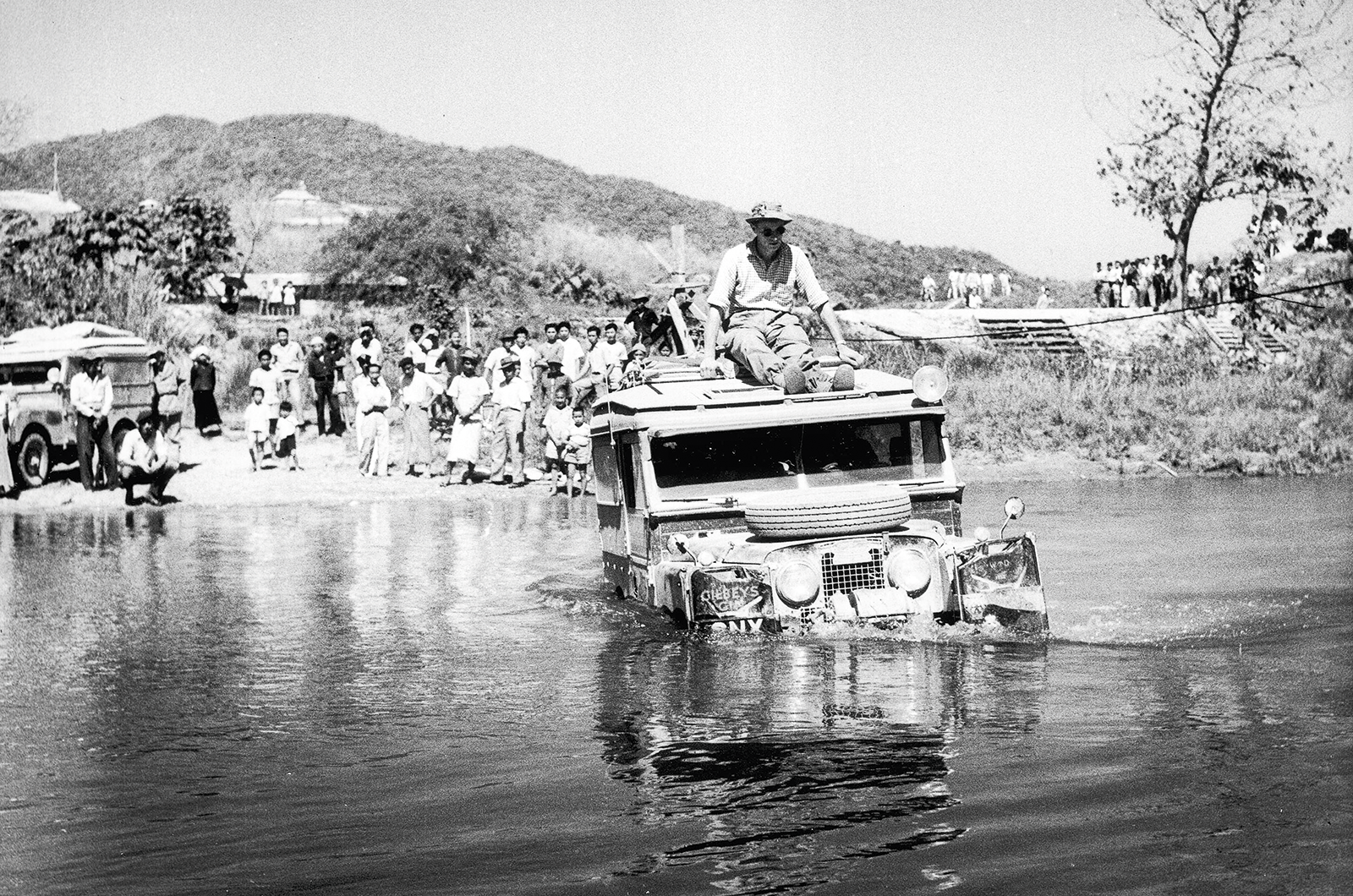
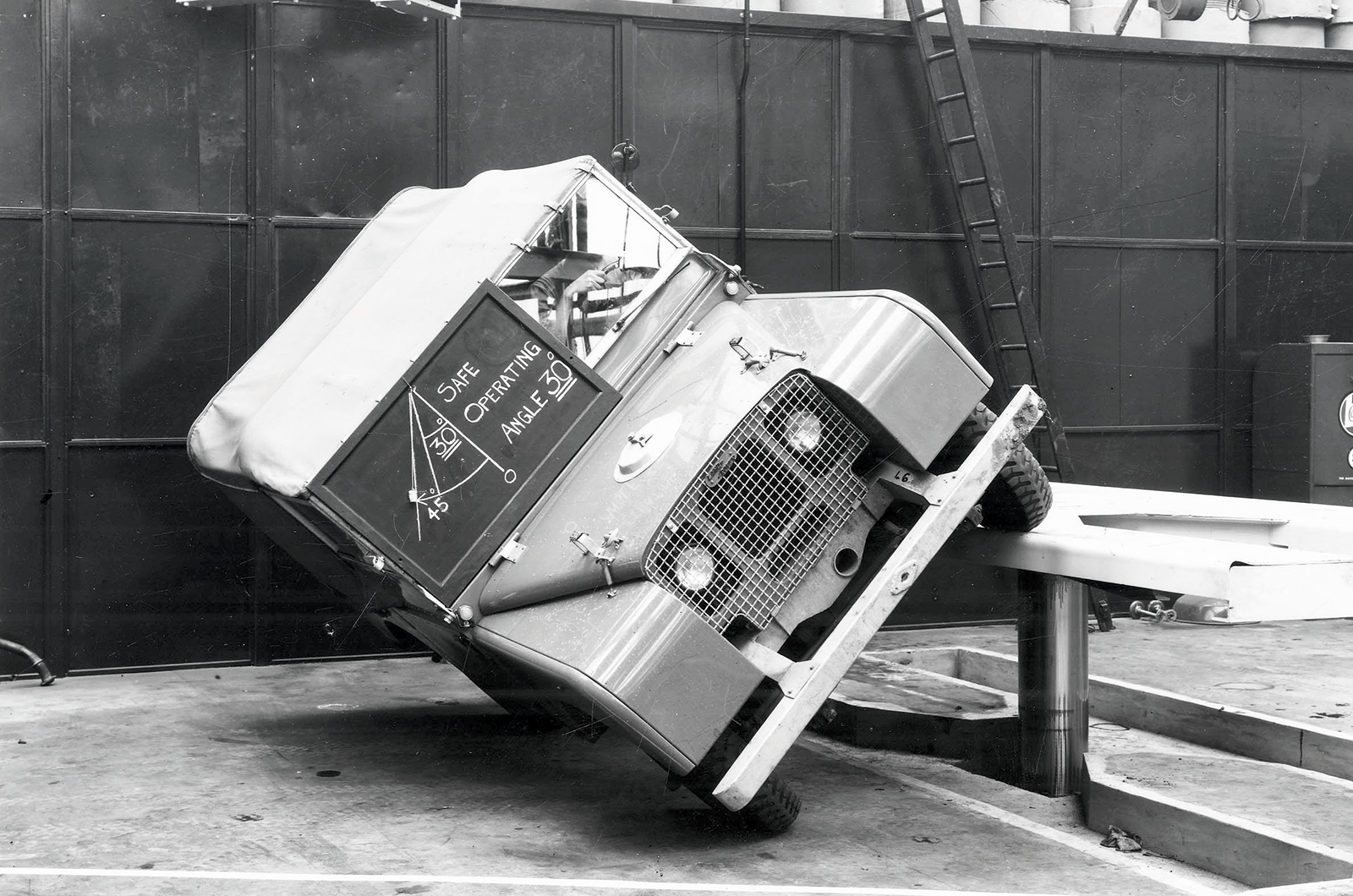
At full tilt: Landie still standing at 45º (left); crossing Mesai River on first Oxbridge Overland Expedition in ’55

